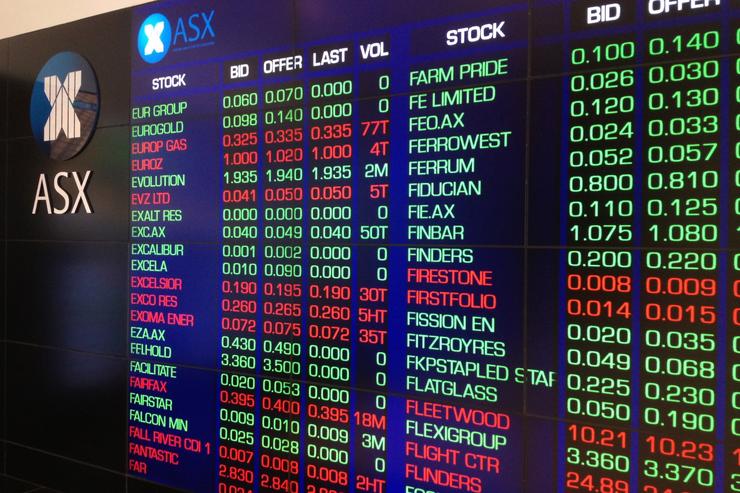 Credit: Dreamstime
Credit: Dreamstime
The Australian Securities Exchange (ASX) is planning to plough on another decade with its 30-year-old registry systems following a botched attempt to replace it.
A report by the Australian Securities and Investments Commission (ASIC) claimed the technology, known as CHESS, will not be sufficient to meet the scalability and flexibility features available from more modern architecture and design.
However, the ASX looks set to support and maintain its current system, which was launched in 1994, until 2032.
This, according to the ASIC report, is due to the heightened risk of capacity constraints when faced with very high volumes of trading, IT components that could come out of vendor support and the ability to maintain the right technical skills for the legacy product.
A roadmap with 27 key initiatives focused on ensuring that the risks are managed is currently in place and expected to be completed by the end of 2025.
In 2017, following two years of evaluation, ASX confirmed it was spending $50 million to replace CHESS with blockchain-inspired distributed ledger technology (DLT) developed by US software firm Digital Asset.
CHESS has been used to record shareholdings and manage the clearing and settlement of equity transactions in Australia since it was introduced in 1994.
Last August, the ASX brought in Accenture to review the new system's roll-out amid delays. However, in November, the market operator pulled the plug on the seven-year project to replace CHESS.
The exchange wanted to take the opportunity to replace it with “a next-generation post-trade platform using contemporary technology”.
The appointment of Accenture in September came as the ASX pushed back the CHESS go-live date “based on current information”.
At its current standing, CHESS has a maximum tested capacity of 10 million trades per day, but more work is needed to enhance ASX’s forecast models to cater for unprecedented drivers of trading volumes, such as the peak of 7 million trades per day during COVID-19.
CHESS may require application or infrastructure changes before the replacement project is completed which could require industry testing by users.
According to the report, CHESS has a dependency on a critical associated internal system that has capacity constraints.
In addition, there is a risk that some IT components may not be fully supported by vendors before the replacement is completed.
Ongoing maintenance will be required to maintain appropriate levels of support, ASIC said, while the growing scarcity of engineers, technicians and other specialists required to operate and maintain legacy technologies requires prudent workforce planning.




